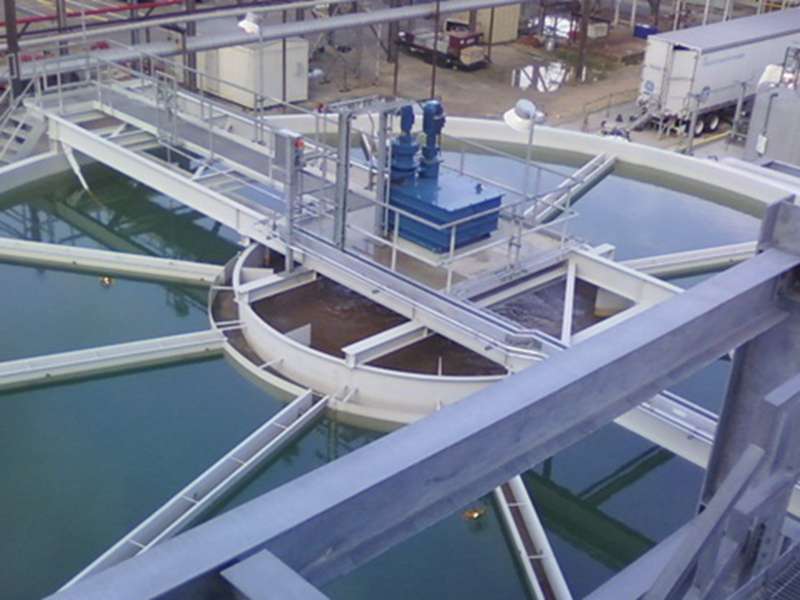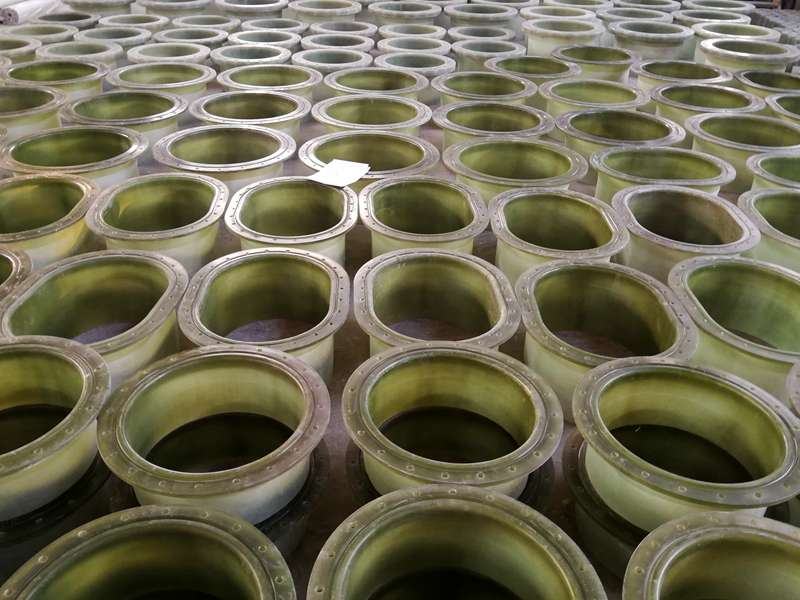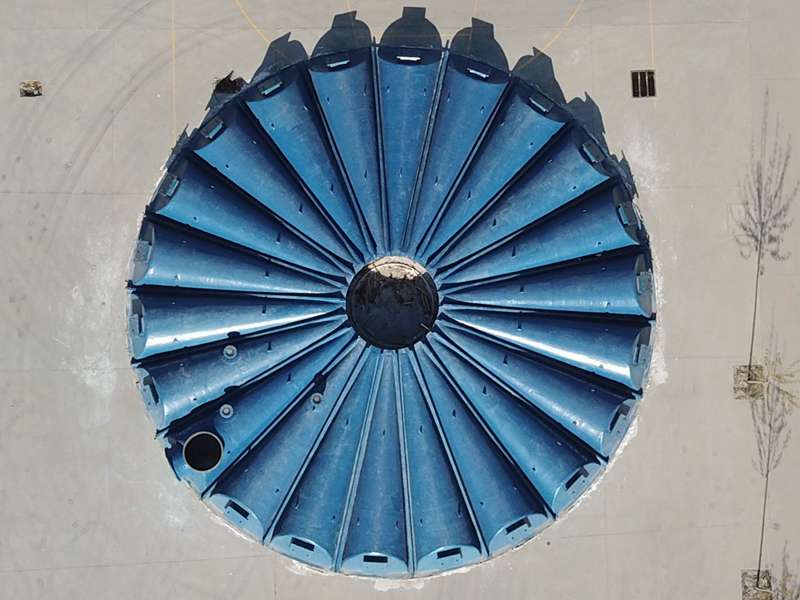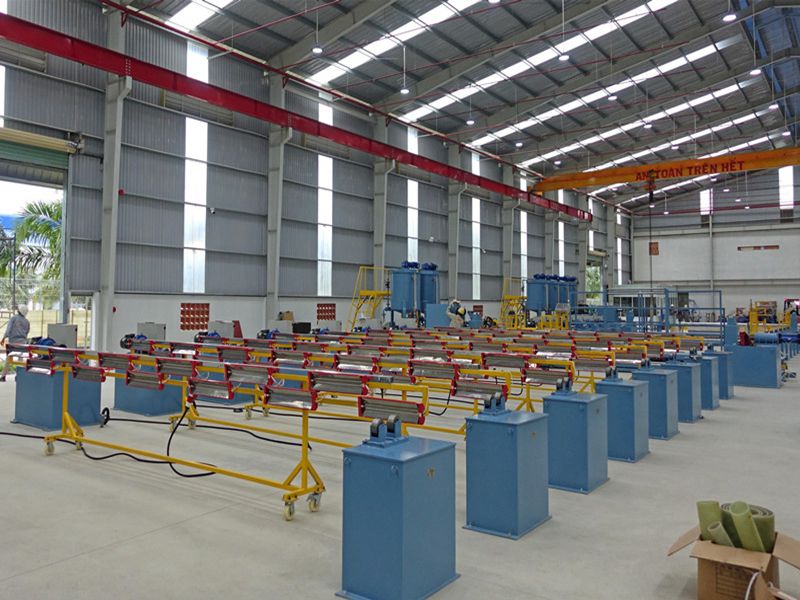
-
 Afrikaans
Afrikaans -
 Albanian
Albanian -
 Amharic
Amharic -
 Arabic
Arabic -
 Armenian
Armenian -
 Azerbaijani
Azerbaijani -
 Basque
Basque -
 Belarusian
Belarusian -
 Bengali
Bengali -
 Bosnian
Bosnian -
 Bulgarian
Bulgarian -
 Catalan
Catalan -
 Cebuano
Cebuano -
 China
China -
 China (Taiwan)
China (Taiwan) -
 Corsican
Corsican -
 Croatian
Croatian -
 Czech
Czech -
 Danish
Danish -
 Dutch
Dutch -
 English
English -
 Esperanto
Esperanto -
 Estonian
Estonian -
 Finnish
Finnish -
 French
French -
 Frisian
Frisian -
 Galician
Galician -
 Georgian
Georgian -
 German
German -
 Greek
Greek -
 Gujarati
Gujarati -
 Haitian Creole
Haitian Creole -
 hausa
hausa -
 hawaiian
hawaiian -
 Hebrew
Hebrew -
 Hindi
Hindi -
 Miao
Miao -
 Hungarian
Hungarian -
 Icelandic
Icelandic -
 igbo
igbo -
 Indonesian
Indonesian -
 irish
irish -
 Italian
Italian -
 Japanese
Japanese -
 Javanese
Javanese -
 Kannada
Kannada -
 kazakh
kazakh -
 Khmer
Khmer -
 Rwandese
Rwandese -
 Korean
Korean -
 Kurdish
Kurdish -
 Kyrgyz
Kyrgyz -
 Lao
Lao -
 Latin
Latin -
 Latvian
Latvian -
 Lithuanian
Lithuanian -
 Luxembourgish
Luxembourgish -
 Macedonian
Macedonian -
 Malgashi
Malgashi -
 Malay
Malay -
 Malayalam
Malayalam -
 Maltese
Maltese -
 Maori
Maori -
 Marathi
Marathi -
 Mongolian
Mongolian -
 Myanmar
Myanmar -
 Nepali
Nepali -
 Norwegian
Norwegian -
 Norwegian
Norwegian -
 Occitan
Occitan -
 Pashto
Pashto -
 Persian
Persian -
 Polish
Polish -
 Portuguese
Portuguese -
 Punjabi
Punjabi -
 Romanian
Romanian -
 Russian
Russian -
 Samoan
Samoan -
 Scottish Gaelic
Scottish Gaelic -
 Serbian
Serbian -
 Sesotho
Sesotho -
 Shona
Shona -
 Sindhi
Sindhi -
 Sinhala
Sinhala -
 Slovak
Slovak -
 Slovenian
Slovenian -
 Somali
Somali -
 Spanish
Spanish -
 Sundanese
Sundanese -
 Swahili
Swahili -
 Swedish
Swedish -
 Tagalog
Tagalog -
 Tajik
Tajik -
 Tamil
Tamil -
 Tatar
Tatar -
 Telugu
Telugu -
 Thai
Thai -
 Turkish
Turkish -
 Turkmen
Turkmen -
 Ukrainian
Ukrainian -
 Urdu
Urdu -
 Uighur
Uighur -
 Uzbek
Uzbek -
 Vietnamese
Vietnamese -
 Welsh
Welsh -
 Bantu
Bantu -
 Yiddish
Yiddish -
 Yoruba
Yoruba -
 Zulu
Zulu
Exploring the Techniques and Applications of Rod Drilling in Modern Geotechnical Engineering
Rod Drill Revolutionizing Modern Drilling Techniques
In the realm of drilling technologies, innovation is the lifeblood that fosters efficiency and efficacy. Among the various drilling methods employed worldwide, the rod drill system has emerged as a critical technology, especially in the mining, construction, and geological exploration sectors. This article delves into the fundamentals of rod drilling, its advantages, applications, and its potential to revolutionize modern drilling practices.
Rod drilling, essentially, refers to a method in which long, cylindrical rods are used to penetrate the earth's crust. This technique is particularly favored for its effectiveness in reaching deep underground resources. The rods are typically made from high-quality steel and are designed to withstand immense torque and pressure, ensuring durability and reliability throughout the drilling process.
One of the main advantages of rod drilling is its ability to reach significant depths with precision. Traditional drilling methods can often encounter challenges such as misalignment or the inability to penetrate hard rock formations. Rod drilling, however, provides superior stability and control, making it easier to maintain the desired angle and depth. This is particularly crucial in applications such as mineral exploration, where hitting specific geological targets can mean the difference between a successful excavation and a failed operation.
Moreover, rod drilling is highly versatile. It can be utilized in various environments, from soft soil to hard rock, making it an ideal choice for diverse applications. In the mining industry, for instance, rod drilling is extensively used to create boreholes for extracting precious minerals, while in the construction sector, it plays a pivotal role in laying the groundwork for foundations and infrastructure projects. Additionally, environmental engineers leverage rod drilling techniques to monitor groundwater levels and assess soil contamination, showcasing its broad applicability.
rod drill
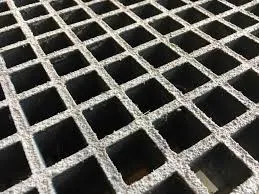
Another significant advantage of rod drilling is its integration with modern technology. The advent of automated systems and real-time monitoring solutions has transformed traditional rod drilling operations. Equipped with advanced sensors and data analytics software, modern rod drills can provide immediate feedback on drilling parameters, such as speed, torque, and hydraulic pressure. This technological integration not only enhances the precision of drilling operations but also allows for predictive maintenance, reducing downtime and operational costs.
While rod drilling contributes to efficiency and effectiveness, it is essential to acknowledge the environmental considerations associated with drilling activities. Sustainable practices are increasingly crucial in today’s industrial landscape. Operators are now adopting eco-friendly drilling fluids and techniques to minimize the impact on surrounding ecosystems. Furthermore, advancements in rod drill designs aim to reduce energy consumption, making this method more environmentally sustainable.
The future of rod drilling looks promising, driven by continuous technological advancements and increasing demand for resource extraction. As industries around the world strive for greater efficiency and sustainability, the evolution of rod drilling techniques will undoubtedly play a pivotal role in fulfilling these objectives. From automating the drilling process to improving environmental safeguards, the potential for innovation in rod drilling is vast.
In conclusion, rod drilling stands as a testament to how traditional methods can evolve through technology and efficiency. Its versatility, precision, and ability to integrate with modern advancements make it an invaluable tool in various sectors. As global industries continue to face challenges related to resource extraction and environmental sustainability, rod drilling will play a crucial role in shaping the future of drilling practices, ensuring a balance between economic growth and environmental stewardship.



